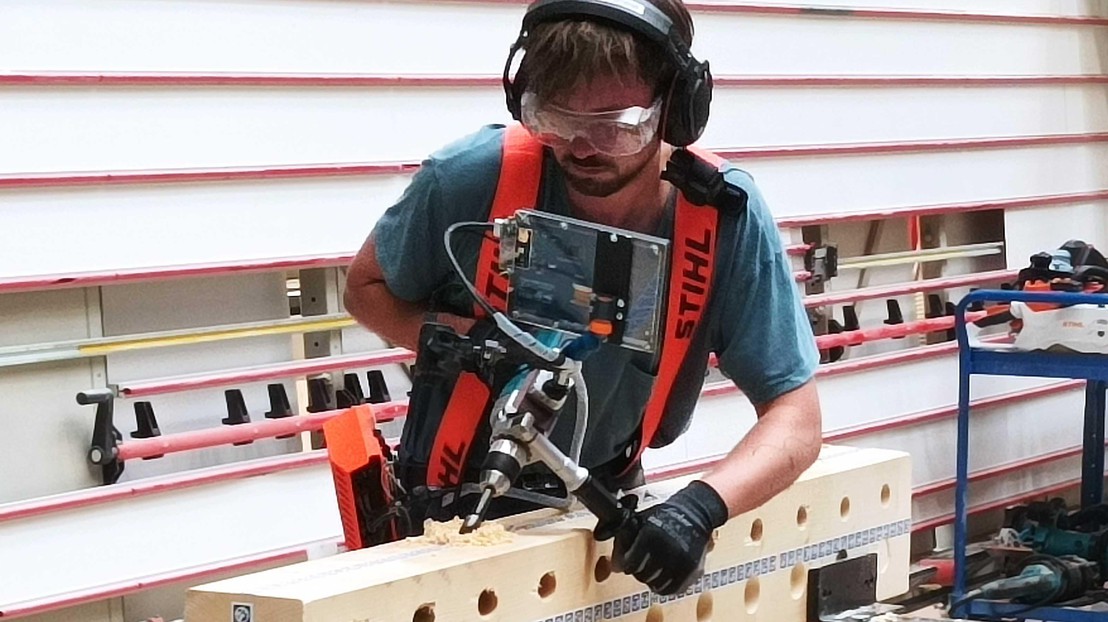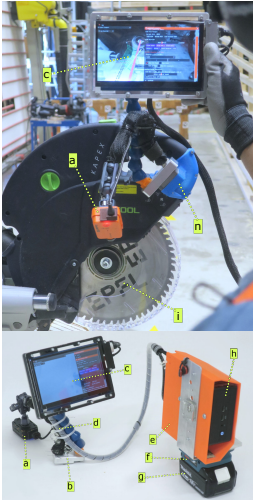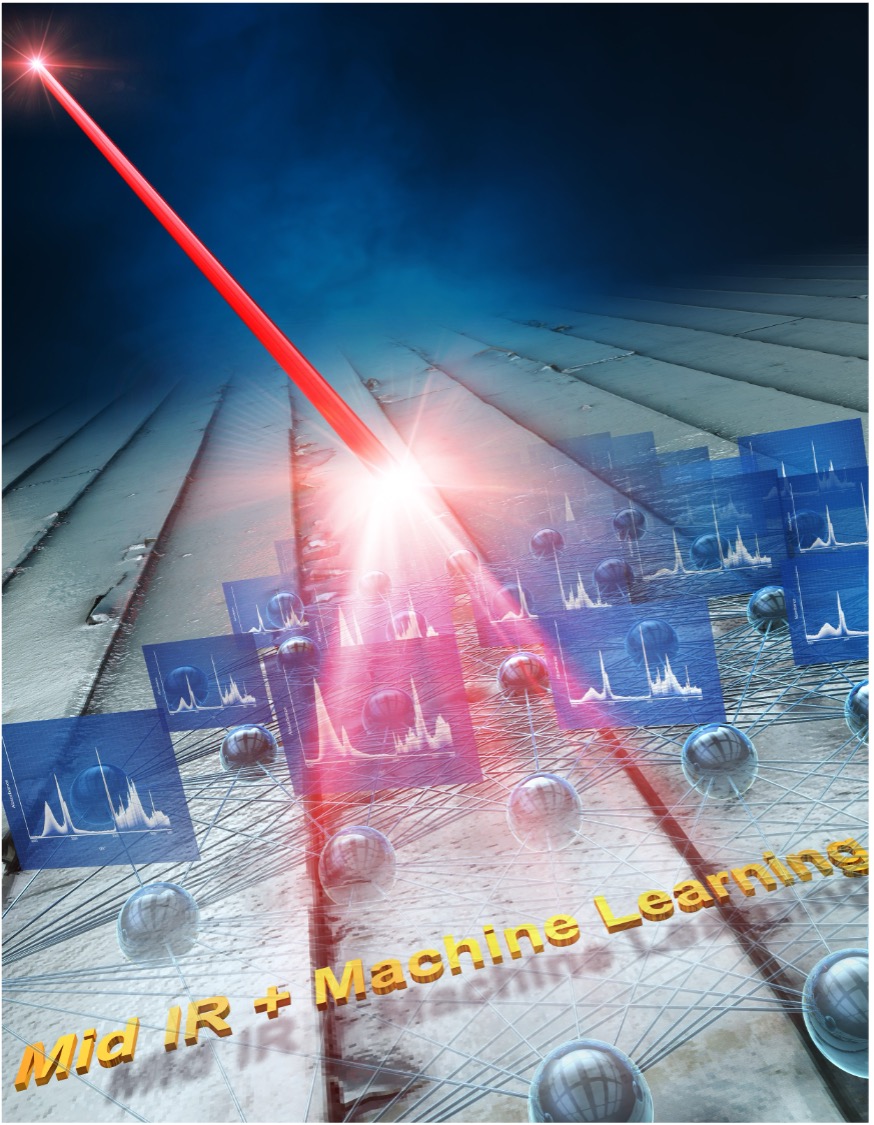2025-04-11 スイス連邦工科大学ローザンヌ校(EPFL)
 The operator sees the instructions through colored lines on the screen. 2024 EPFL/Andrea Settimi CC-BY-SA 4.0
The operator sees the instructions through colored lines on the screen. 2024 EPFL/Andrea Settimi CC-BY-SA 4.0
スイス連邦工科大学ローザンヌ校(EPFL)の研究チームは、拡張現実(AR)技術を活用した木工支援システム「Augmented Carpentry」を開発しました。このシステムは、木材に直接マーキングや測定を行うことなく、画面上に表示されるカラーラインを通じて、工具の位置、切断角度、深さ、長さなどの情報をリアルタイムで提供します。これにより、作業者は直感的かつ高精度な加工が可能となります。
◆システムは、木材と工具の3Dスキャンデータを基に、AR空間で作業ガイドを表示します。また、センサーとコンピュータビジョン技術を組み合わせることで、工具や木材のズレを検出し、仮想オーバーレイを常に実物と一致させることで、作業者が即座に調整できるよう支援します。このオープンソースの技術は、高価なロボット設備を導入できない小規模事業者や発展途上国の建設現場でも導入可能であり、デジタル支援による木工加工の普及と精度向上に貢献することが期待されています。
<関連情報>
拡張大工: 手作業のためのコンピュータビジョン支援フレームワーク Augmented Carpentry: Computer Vision-assisted Framework for Manual Fabrication
Andrea Settimi, Julien Gamerro, Yves Weinand
arXiv Submitted on 10 Mar 2025
DOI:https://doi.org/10.48550/arXiv.2503.07473

Abstract
Ordinary electric woodworking tools are integrated into a multiple-object-aware augmented framework to assist operators in fabrication tasks. This study presents an advanced evaluation of the developed open-source fabrication software Augmented Carpentry (AC), focusing on the technical challenges, potential bottlenecks, and precision of the proposed system, which is designed to recognize both objects and tools. In the workflow, computer vision tools and sensors implement inside-out tracking techniques for the retrofitting tools. This method enables operators to perform precise saw-cutting and drilling tasks using computer-generated feedback. In the design and manufacturing process pipeline, manual fabrication tasks are performed directly from the computer-aided design environment, as computer numerical control machines are widely used in the timber construction industry. Traditional non-digital methods employing execution drawings, markings, and jigs can now be replaced, and manual labor can be directly integrated into the digital value chain. First, this paper introduces the developed methodology and explains its devices and functional phases in detail. Second, the fabrication methodology is evaluated by experimentally scanning the produced one-to-one scale mock-up elements and comparing the discrepancies with their respective three-dimensional execution models. Finally, improvements and limitations in the tool-aware fabrication process, as well as the potential impact of AC in the digital timber fabrication landscape, are discussed.



